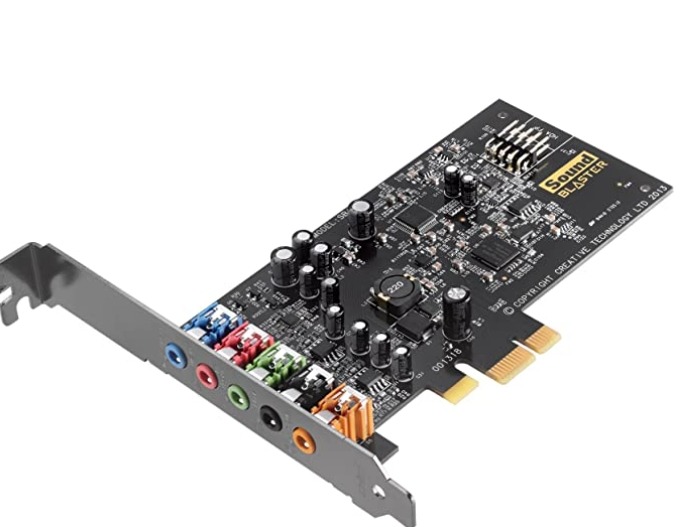Have you ever wondered what an audio driver is and why it’s so important? If not, this article will provide a definition of an audio driver and elaborate on how it enables your computer to produce sound. The audio driver is essential for providing sound to your computer and without it, you might not be able to hear anything at all!

Table of Contents
What Does an Audio Driver Do?
An audio driver is a software that enables your computer to produce sound. It sends the appropriate signals to speakers or headphones so you can hear sounds from the internet or other media sources on your computer. Every device that receives an audio signal needs a specific player, and without it, you would not be able to hear anything at all!
This software sends the appropriate signals to speakers or headphones that enable you to hear sounds from the internet or other media sources. It is responsible for ensuring that your computer can play sounds properly-without it, there would be nothing but silence!
Why is it Important?
Having an audio driver enabled on your computer is essential for enabling you to listen to anything from the internet or other media. Drivers send signals to speakers and headphones so that you can hear sounds.
If this software didn’t exist, there would be nothing but silence! Without drivers, there would be no point in having a PC because it wouldn’t make any noise! Without audio drivers, your computer wouldn’t be able to play sound at all because it’s what enables your device to communicate with audio devices.
When you turn up your volume or plugin headphones, the driver recognizes these actions and produces the appropriate signal. Therefore, without this software, you might not even hear static-there wouldn’t even be that!
Parts of the Audio Driver
An audio driver is composed of three parts. These are called the hardware abstraction layer (HAL), low-level software drivers, and user-space components. All these parts work closely together to enable your computer to play sounds properly.
The Hardware Abstraction Layer
The HAL is responsible for managing the computer’s resources, allowing developers to write drivers that are compatible with many hardware devices without having to worry about supporting all possible configurations or variations out there. It provides an abstracted interface, allowing each piece of hardware on your machine to communicate with other parts without needing everyone else’s help-which would be very confusing! Think of it as a translator, helping two different languages back and forth so that both can understand each other.
Without the HAL, developers would have to spend a long time writing intricate codes for different hardware devices and their respective drivers. In other words, it makes life easier for everyone by providing a simplified interface.
Low-Level Software Drivers
The low-level software drivers are also known as device drivers or kernel modules because they are part of the kernel space in the Operating System (OS). These are written with knowledge about how each specific piece of hardware communicates on your machine. Without them, there would be no way to make use of all the different pieces in your computer individually. If you took these away, everything in your computer would not work!
User Space
Remember that before an application is able to access hardware, it has to request access from the OS. The user-space components of an audio driver give applications the ability to control output devices and record input through your sound card. This would allow you to hear or record what is being played on your computer.
Conclusion
Most modern operating systems already come with their own audio drivers included, but if not, they can be found online for free download. You simply have to do a quick Google search for your specific operating system and “audio driver”. However, this isn’t something you need to worry about because most computers automatically install these drivers when you first boot up your machine!